粉红色在男性中的流行及其适用肤色:AnExplorationofPinkforMenandItsSuitabilityforDifferentSkinTones
- 家庭
- 2025-03-09 10:01:54
- 4909
In recent years, the fashion world has witnessed a significant shift in men's wardrobes, with pink emerging as a color that is no longer confined to women or considered overly girly. This hue has become increasingly popular among male fashion enthusiasts, offering a versatile palette that can enhance any style. However, like with most colors, the suitability of pink for different skin tones varies. This article aims to explore which types of skin are best suited to wear pink and how it can complement various facial features and skin undertones.
The Subtleties of Skin Tone and Color Complementarity
Understanding one's skin tone is crucial when choosing clothing, as it significantly impacts the overall look and feel of an outfit. Different shades of pink—from soft pastels to bold fuchsias—can have different effects on various skin tones. For instance, a fair-skinned individual might find that a deep magenta complements their complexion better than a light blush, while someone with a darker complexion might opt for a more vibrant shade like raspberry or cherry pink.
1. Fair Skin
Fair-skinned individuals often carry rosy undertones in their skin. In this case, pastel shades of pink can be particularly effective as they create a harmonious blend and add a touch of elegance to the ensemble. Soft pinks such as lavender or rose may also work well with fair complexions, providing a delicate yet sophisticated look.
2. Medium Skin
For those with medium skin tones, there is a wider range of pink options available that can suit their complexion. A medium pink or a salmon shade might be perfect for them, as these colors not only match their skin tone but also add warmth and depth to the overall appearance. These shades are versatile enough to work in both casual and formal settings.
3. Dark Skin
Individuals with dark skin tones should opt for bold and vibrant pinks that can stand out against their complexion while still looking natural. Rich, deep pinks like plum or maroon can create a striking contrast, making the wearer's features pop. Additionally, berry shades such as cherry or raspberry can add a modern twist to any outfit.
The Role of Hair Color in Choosing Pink Outfits
Hair color is another critical factor when selecting pink outfits for men. Light hair colors, such as blonde or platinum, will generally look more balanced with pastel pinks due to the high contrast between the lightness of the hair and the softness of the fabric. However, this does not mean that individuals with darker hair cannot wear pink; it simply requires careful consideration to ensure a harmonious color scheme.
1. Blonde Hair
Blonde-haired men can experiment with various shades of pink, from pastel pinks like baby pink or blush to more vivid tones such as fuchsia. These combinations create a soft and gentle look that pairs well with the natural lightness of their hair.
2. Brunette Hair
Those with brunette hair might want to opt for deeper shades of pink that can complement their richer complexion while still maintaining an elegant appearance. Rich pinks like cherry or plum are excellent choices as they add depth without overpowering the wearer's features.
3. Reddish Hair
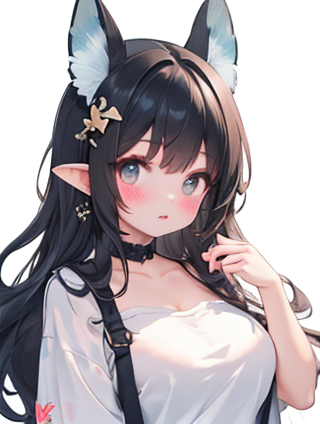
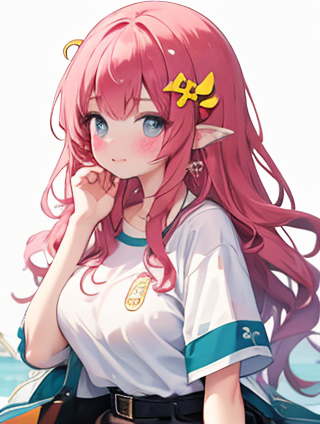
Men with reddish hair should consider wearing softer, more muted shades of pink. These colors can help balance out the warmth in their hair and create a harmonious look when paired with their skin tone.
4. Gray or White Hair
For those with graying or white hair, pastel pinks are often an excellent choice as they can add a subtle touch of color to the overall appearance without being too overwhelming. These lighter shades can also be used effectively in more casual settings, such as athleisure wear.
The Impact of Facial Features on Choosing Pink Outfits
Facial features play a significant role in determining which pink tones are best suited for an individual's facial structure and skin type. For example, a person with a round face may want to opt for softer, pastel shades of pink that can create visual elongation, while someone with angular features might benefit from more vibrant or bold pink colors.
1. Round Face
Men with round faces should consider wearing blush or soft pinks like peach or baby pink. These colors can help create a subtle yet effective visual balance by adding length and depth to the face. Avoid overly bright or vivid shades as they may emphasize the roundness of the face, potentially making it appear fuller.
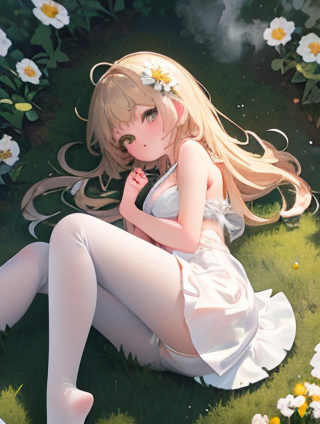
2. Oval Face
For individuals with oval faces, pastel pinks such as soft pink or blush are ideal choices that can enhance their facial features without overwhelming them. These colors provide a gentle yet flattering touch to the overall look.
3. Square Face
Men with square faces might want to opt for deeper shades of pink like fuchsia or magenta. These vibrant hues can add softness and balance to the angularity of their face, creating a more rounded and harmonious appearance. However, it is essential to choose the right shade, as overly bright colors could accentuate the sharp angles of the face.
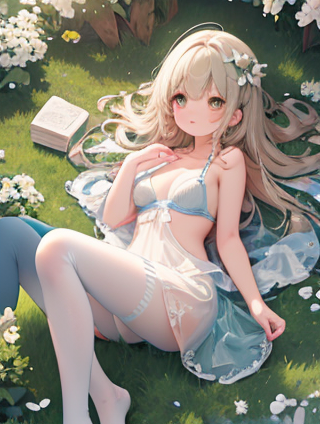
4. Heart-Shaped Face
For those with heart-shaped faces, pastel pinks such as lavender or blush can be perfect for balancing out the prominence of their forehead and chin. These colors create a harmonious look by adding softness to the otherwise angular features while maintaining an elegant appearance.
5. Diamond Face

Men with diamond-shaped faces might benefit from bold pink shades like fuchsia or magenta, which can add depth and balance to the narrow cheeks and wide forehead. However, it is crucial to choose the right shade that complements their facial structure without overwhelming it.
Choosing Pink Outfits for Different Occasions
The choice of pink for men's outfits should also take into account the occasion at hand. Pastel pinks are more suitable for casual settings such as weekends or outdoor activities, while bolder shades can be reserved for formal events like weddings or business meetings.
1. Casual Wear
For everyday wear, pastel pinks such as baby pink or blush can create a gentle and effortless look. These colors work well with jeans, chinos, or casual blazers, making them perfect for weekend outings or relaxed office environments.
2. Formal Events
In formal settings, bolder shades of pink like fuchsia or magenta can be used to add a touch of elegance and sophistication. These colors are particularly effective when paired with tailored suits or dress pants, creating a striking and modern appearance that is both eye-catching and well-received in professional environments.

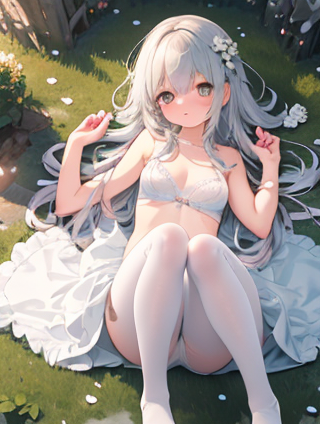
3. Outdoor Activities
For outdoor activities such as hiking or picnicking, softer shades of pink can create a harmonious blend with nature. These colors work well with lightweight clothing like t-shirts, shorts, or dresses, making them ideal for leisure time spent outdoors.
4. Sportswear
In the realm of sportswear, pastel pinks are increasingly popular due to their ability to add a touch of style without compromising on comfort and functionality. These colors can be seen in running shoes, yoga pants, or athletic tops, creating an elegant yet functional look for fitness enthusiasts.
5. Formal Wear
For formal events such as galas or awards ceremonies, bolder shades of pink like magenta or fuchsia can create a striking appearance when paired with tailored suits or dresses. These colors work well in evening settings and can add a touch of drama to the overall look.
The Future of Pink for Men
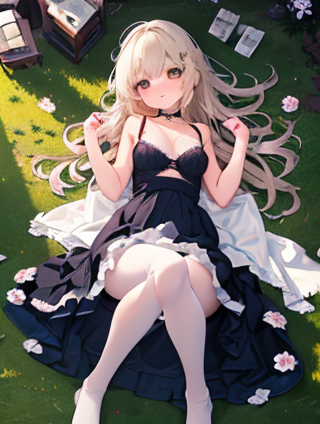
As society continues to break down traditional gender norms, it is likely that we will see an even greater acceptance and appreciation of pink among men. The fashion industry has already started embracing this trend, with many designers incorporating pink into menswear collections. This shift not only reflects a change in societal attitudes but also provides male fashion enthusiasts with more options for self-expression through color.
In conclusion, while pink is a versatile color that can complement various skin tones and facial features, it is essential to consider individual preferences, the occasion at hand, and personal style when choosing outfits. By understanding the nuances of how different shades of pink interact with skin tones, hair colors, and facial structures, men can make informed decisions that not only enhance their appearance but also reflect their unique sense of self.
As this trend continues to evolve, we can expect to see more innovative uses of pink in menswear across a wide range of styles and occasions. The key is to approach the color with confidence and creativity, embracing its potential to bring both comfort and style into men's wardrobes.